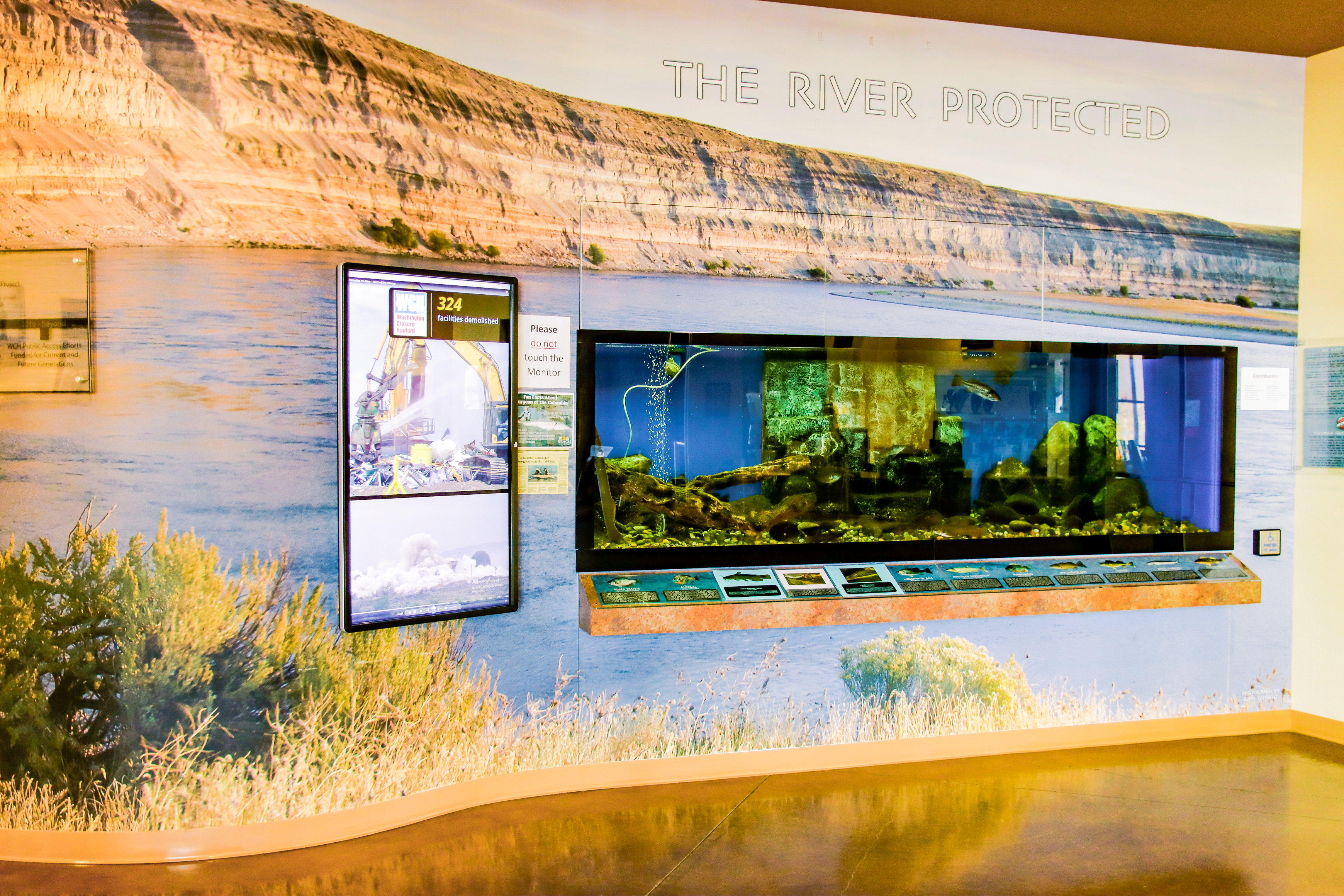Explore the Rich Biodiversity of Columbia River Fish at the REACH Museum
Delve into the intriguing world of Columbia River fish as you venture beyond the Hanford Reach area. Immerse yourself in The River Protected exhibit, where a diverse array of species from the Columbia River and Washington lakes coexist harmoniously.
Up Close Encounters with Remarkable Swimmers
Get an up-close and personal experience with these extraordinary aquatic residents. Each fish boasts unique characteristics that set them apart, making them easily recognizable and prized catches for anglers across the state of Washington.
“Do You See Me?” Tags: Spotlighting Featured Fish
As you explore our exhibit, keep an eye out for our “Do You See Me?” tags. These tags highlight the daily featured fish, providing an opportunity for a deeper connection with these underwater inhabitants. While all the fish coexist harmoniously, these tags offer a special glimpse into specific species each day.
Dive into Discovery
Start your exploration today and dive into the wonders that await in the aquatic realm. Discover the Columbia River’s vibrant ecosystem and the integral role these fish play, both in the river’s health and our collective understanding of its complex dynamics. Plan your visit to the REACH Museum and embark on an educational journey that reveals the hidden treasures beneath the water’s surface.



